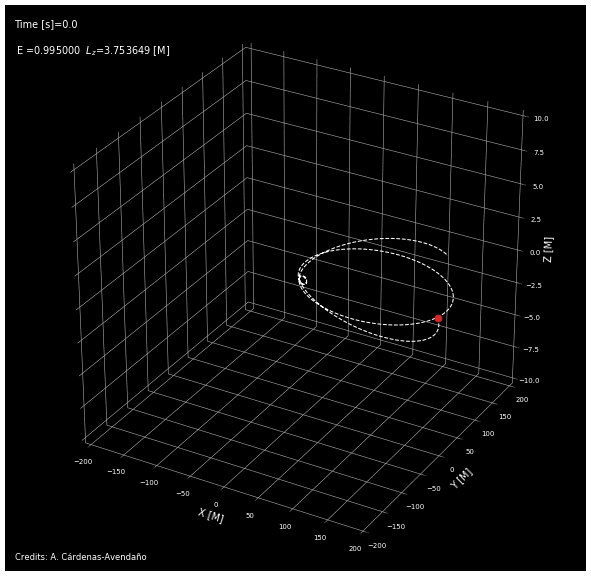E&M
Photon Rings
The optical appearance of black holes has a long history (see, for instance, [Luminet, 1979; Darwin, 1959; Bardeen,1973; Ohanian, 1987; Falcke, Melia, & Agol, 2000]) and the potential to be used to test general relativity (see, for instance, Refs. [Takahashi, 2005; Johannsen & Psaltis, 2010; Gralla, Lupsasca, & Marrone, 2020] and references therein) in the strong and non-dynamical regime. General relativity predicts that a black hole image should consists of a sequence of individual rings, ``photon rings,'' encircling the central brightness depression. Each ring consists of a lensed image of the main emission indexed by the number n of photon half-orbits executed around the black hole.
Simulated data based on general relativistic magnetohydrodynamic (GRMHD) simulations have shown that the photon rings are persistent sharp features that should dominate time-averaged interferometric observations on long baselines [Johnson et al., 2020].

Our Adaptive Analytical Ray-Tracing (AART) code is a numerical framework that exploits the integrability properties of the Kerr spacetime to compute high-resolution black hole images and their visibility amplitude on long interferometric baselines. We have used this code to show that the first photon ring does admit a precise angle-dependent diameter in visibility space, for which the Kerr metric predicts a specific functional form that tracks the critical curve [Cárdenas-Avendaño & Lupsasca, 2023]. We found that a measurement of this interferometric ring diameter is possible for most astrophysical profiles, paving the way for precision tests of strong-field general relativity via near-future observations of the first photon ring.
